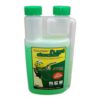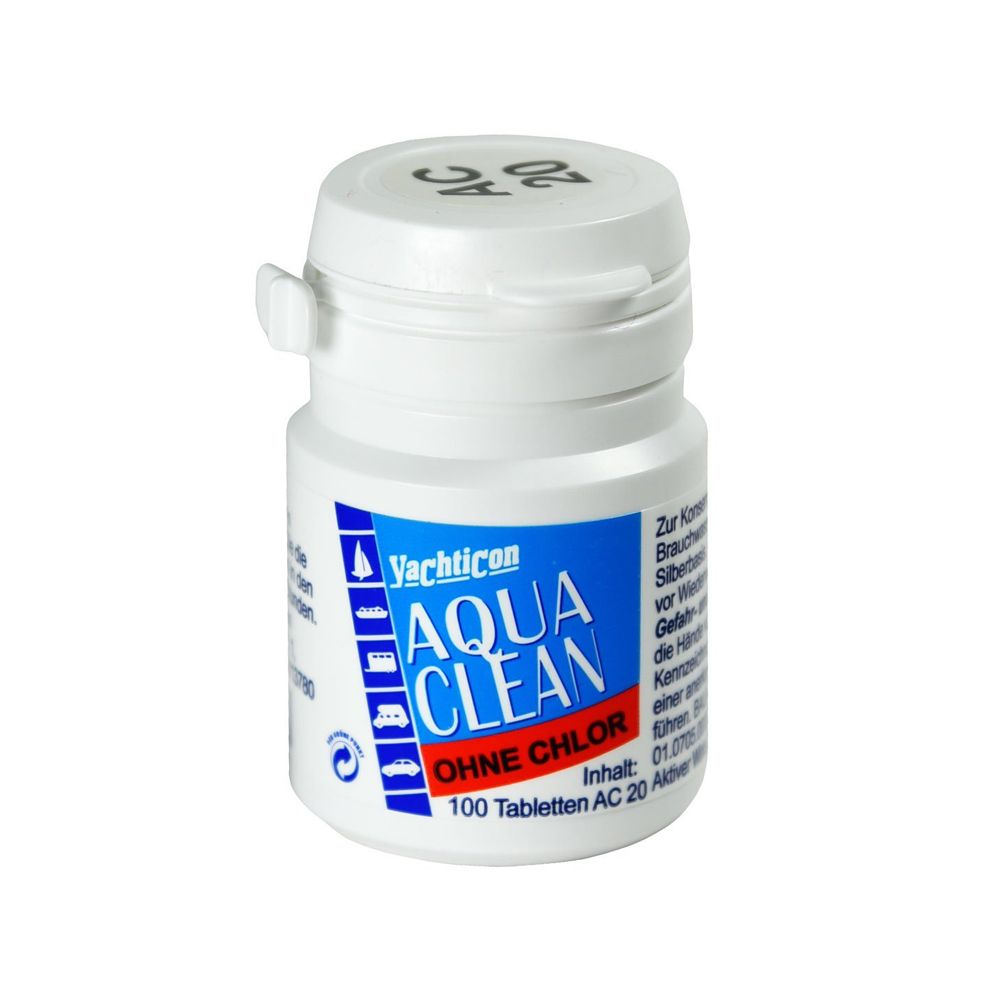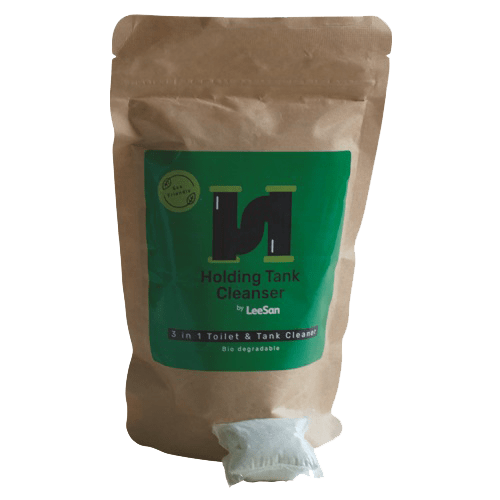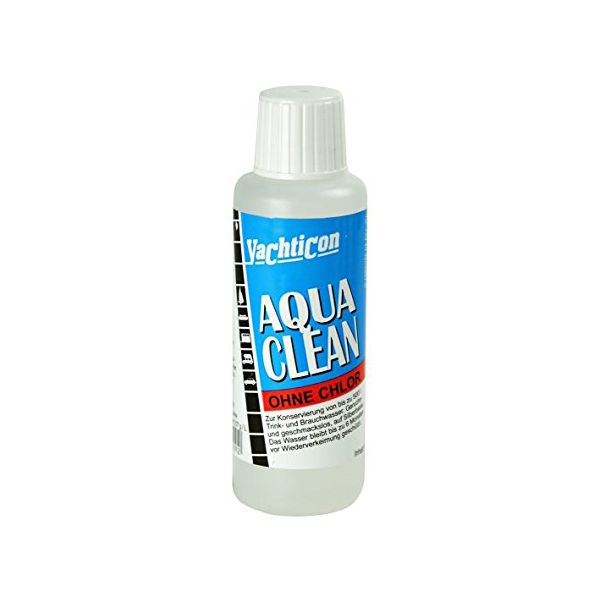
Fuel Doctor Fuel Conditioner
£23.81 – £42.53 Inc VAT
Fuel Doctor is a complete fuel additive, its unique formula reduces free water and microbial growth to microscopic particles, disbursing them evenly throughout the fuel stock, allowing these contaminants to be passed safely through the combustion process before building to harmful proportions.
Fuel Doctor is a complete fuel additive, its unique formula reduces free water and microbial growth to microscopic particles, disbursing them evenly throughout the fuel stock, allowing these contaminants to be passed safely through the combustion process before building to harmful proportions. The removal of the water kills the Diesel Bug, and Fuel Doctor then disperses clumps of dead bug, significantly reducing the chances of clogged filters and clean-up time in the aftermath of fungal infestation. Regular dosing protects against this annoying, costly problem. Fuel Doctor inhibits contamination accumulation, therefore protecting the fuel systems from premature failure.
How Fuel Becomes Contaminated
Water is the most common form of fuel contamination. Water acts as a host media by which many different types of spores are transported. These spores will germinate at hydrocarbon interfaces.
In their mature form these various organisms called either Black Death, Diesel Bug, Cladosporia or Hormoconis Resinae survive by the absorption of oxygen from the water and the extraction of “nutrients” from the fuel. These organisms multiply rapidly into thick biomass. Their sulphur-rich waste, when mixed with water produces a corrosive Organo-acid that can affect all parts of the fuel system. If agitated, the waste will react with both the fuel and water, forming an emulsion.
Using Fuel Doctor will minimise incomplete combustion and maximise engine lubricant performance and longevity. Fuel Doctor’s “slippery” characteristics provide excellent upper cylinder lubrication.
The Damage That Follows
Contaminated fuel will seriously compromise pump and injector service life. Corrosion damage to fuel system components can become so severe that removal and replacement is the only option. Operational problems occur when contaminated fuel passes through the engine.
The waste accelerates fuel system corrosion from fuel tank to injector tips. Organisms can enter fuel delivery lines via pick-up points, clogging normal fuel flow, leading to fuel starvation and misfiring, contributing to specific power loss, increased fuel consumption and exhaust emissions. Impacted fuel when agitated will produce an emulsion consisting of all the contaminants that will eventually plug your filters, decreasing and ultimately preventing fuel flow.
Keeping the Air Clean
Treating your fuel tank regularly with Fuel Doctor also controls the build-up of gums and varnish that occur throughout the fuel system, removing deposits that are formed at the valves and injectors due to their higher temperature and pressures. Fuel Doctor’s synthetic formulation effectively dissolves these deposits ensuring delivery of the specified amount of fuel in a correctly atomised form to each cylinder.
Keeping Fuel Systems Clean
Fuel Doctor maintains fuel efficiency and engine performance by keeping the fuel system clean and dry. Improved injector and valve efficiency promotes optimum combustion reducing unburned fuel that presents as soot, smoke and other emissions. This will lead to improved power performance and life for your engine. Composed of carbon, oxygen and hydrogen, Fuel Doctor cannot contribute to air pollution and has no detrimental effect to oxygen sensors, O-rings, catalytic converters or finely machined injector components.
Fuel Doctor Applications
Fuel Doctor has been successfully used for many years by many customers with a wide variety of fuel handling systems and fuels. If you are not running your engine for a long period, fill your fuel tanks and double dose with Fuel Doctor this time. Also if you have just bought a used or new boat, generator, plant or construction equipment and are unsure of the fuel quality, then again double dose. Fuel Doctor’s concentrated fuel conditioner is extremely economical, with 1 litre of Fuel Doctor treating up to 4,000 litres of fuel. A maintenance application dose costs less than one pence per litre to the cost of treated fuel. Based on recommended treatment rates, it is one of the most cost effective products on the market – its true value is reflected in rectifying and preventing fuel system and engine failure.
| Weight | 1 kg |
|---|---|
| Sizes | 500ml, 1 Litre |
Related products
Fuel Tank Treatments
Water Tank Treatments
Holding Tank Treatments
Automotive Tank Accessories









